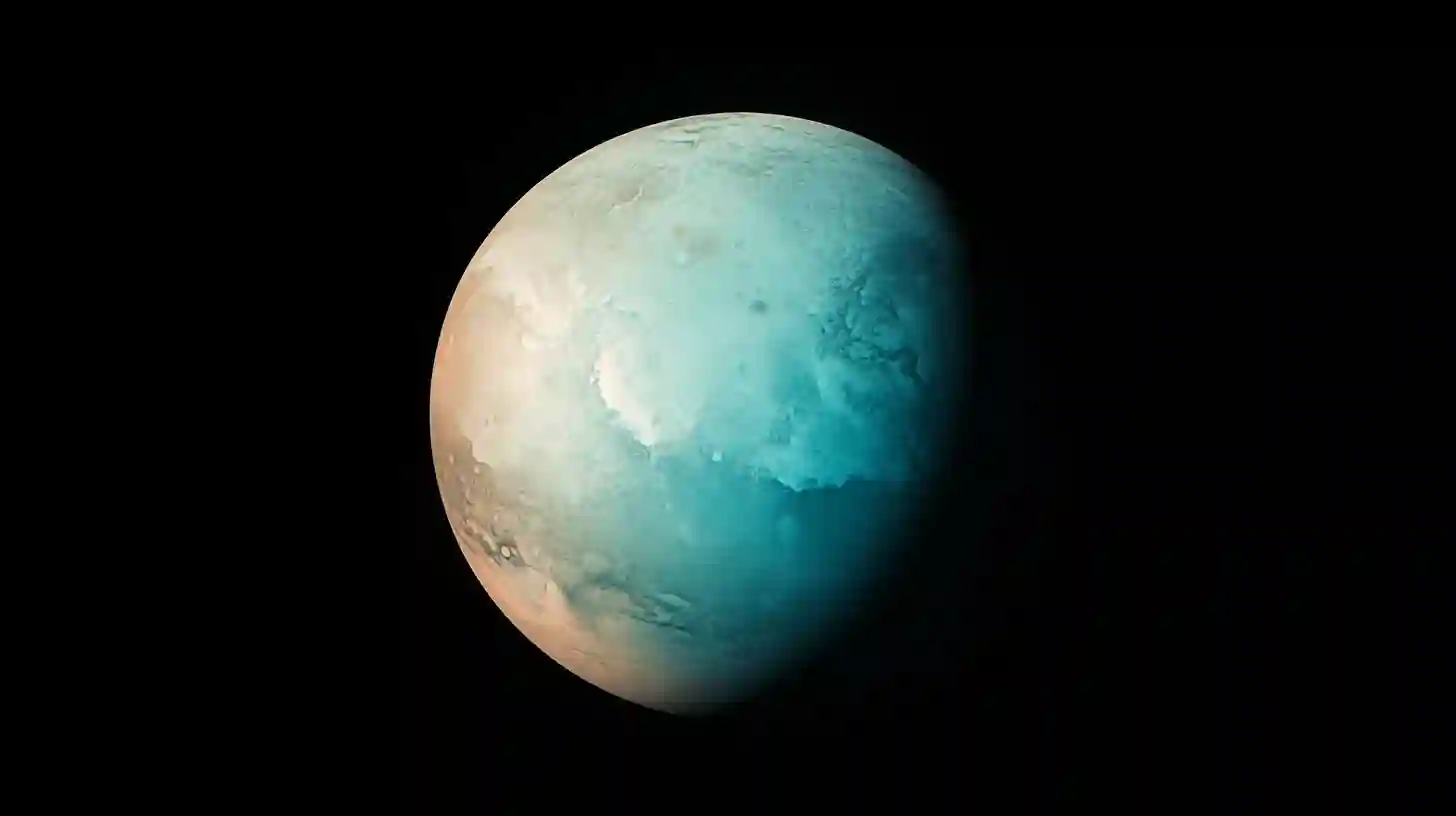
Knowledgetrovehq

Uranus, the seventh planet from the Sun, has long captivated astronomers and space enthusiasts with its distinctive bluish hue and intriguing characteristics. As one of the two ice giants in our solar system, the planet is primarily composed of water, ammonia, and methane ices, which contribute to its unique color and composition. Over the past few decades, advances in technology and an increase in observational capabilities have allowed scientists to delve deeper into the mysteries surrounding this enigmatic planet, unveiling new insights that challenge previous notions of its formation, atmosphere, and potential for the presence of life.
One of the most captivating aspects of Uranus is its unusual axial tilt, which is around ninety-eight degrees. This extreme tilt causes the planet to rotate on its side, leading to unique seasonal changes. Recent studies indicate that this axial tilt may be the result of a catastrophic collision with a celestial body early in the solar system’s history. This hypothesis is supported by computer simulations that show how such an impact could have altered Uranus’s rotation. Understanding the events that led to this unique orientation not only sheds light on Uranus's own history but also informs scientists about the formation and evolution of other celestial bodies in the solar system.
Observations of Uranus's atmosphere have revealed fascinating details about its weather patterns, cloud formations, and storm systems. The planet's atmosphere is marked by complex dynamics, including high-speed winds and intriguing storm activity. Recent imaging from ground-based telescopes and space observatories has shown dynamic features on the planet’s surface that were previously unseen. Storms appear to initiate and dissipate in cycles, suggesting that Uranus experiences forms of weather that are still not fully understood. These discoveries are exciting, as they provide clues about atmospheric phenomena that may share similarities with those on Earth, ultimately increasing our understanding of planetary atmospheres.
Additionally, the composition of Uranus's atmosphere has become a focal point for research. The presence of methane, which absorbs red light and scatters blue light, contributes significantly to the planet's striking appearance. New atmospheric models are being developed to simulate how these gaseous components interact under extreme conditions. These models help scientists explore the chemical processes occurring within the atmosphere, which could lead to discoveries about the origins of the materials that make up Uranus. Such inquiries are not only vital for Uranus but help broaden the understanding of ice giants as a category.
Uranus is also home to an array of intriguing moons and a faint ring system, further complicating our understanding of this distant giant. The most notable of these moons, such as Titania, Oberon, Miranda, Ariel, and Umbriel, exhibit a range of surface features, from craters to canyons to icy terrains. Recent observations using space-based telescopes have identified unexpected attributes in these moons that suggest geological activity and past tectonic movements. This has led some scientists to propose that some of these moons may harbor subsurface oceans, raising tantalizing possibilities about the potential for life beyond Earth. The concept of dormant or active geological processes within these icy moons invites further exploration and analysis.
As technology continues to advance, the prospect of sending a dedicated mission to Uranus is becoming increasingly plausible. Such a mission would undoubtedly enhance our knowledge of this ice giant and its moons through direct observation and sampling. The scientific community is advocating for missions that could involve orbiters, landers, or flybys to collect data on Uranus and its unique environment. This would not only allow for a more comprehensive study of the planet but also compare it with its counterpoint, Neptune, to better understand the differences and similarities between these two ice giants.
Furthermore, the exploration of Uranus could also be pivotal in expanding our understanding of exoplanets, as many of the planets discovered outside our solar system share characteristics with Uranus and Neptune. By studying the properties and dynamics of Uranus, scientists can refine their models of planetary formation and evolution, paving the way for new insights into planets orbiting distant stars.
A growing interest in Uranus emphasizes the importance of continued exploration and research in our solar system. As we build on recent findings, every new discovery contributes to a richer understanding of this complex and mysterious world, which remains at the edge of our solar system and our understanding of planetary science. The enduring fascination with Uranus underscores not just the need for inquiry but also the profound joy that comes from unraveling the secrets of our celestial neighborhood.